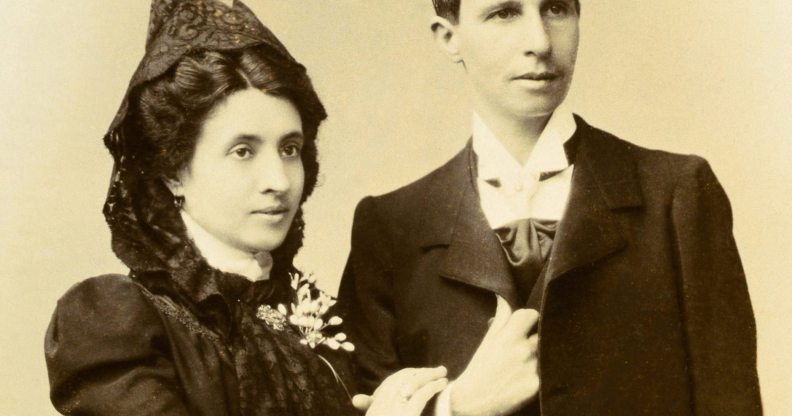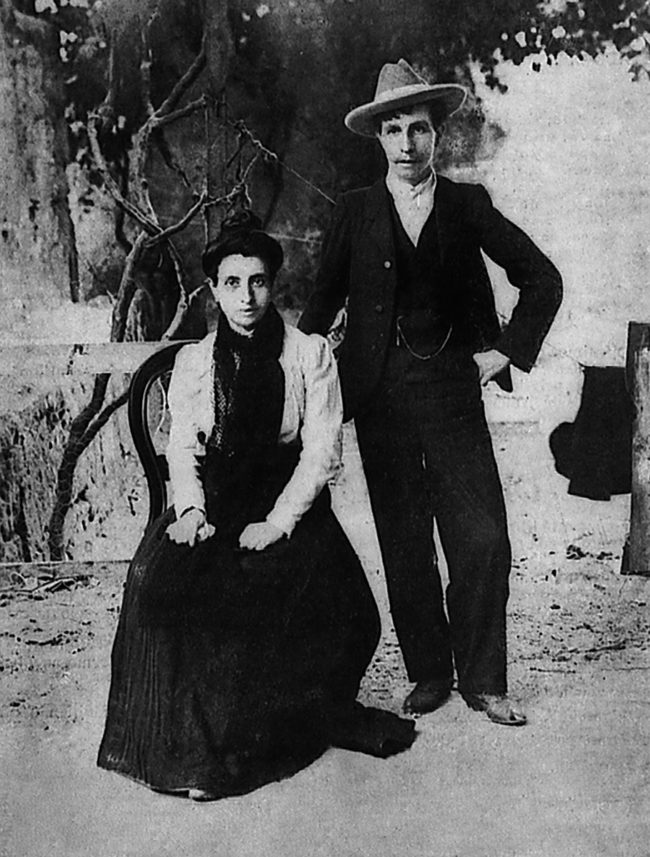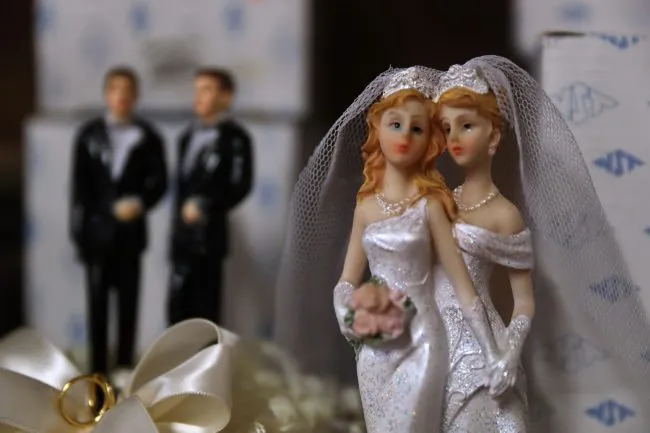Meet the Spanish lesbians who got married under the nose of the Catholic Church in 1901

Marcela and Elisa,
The story of a lesbian couple who married in the Catholic Church in 1901 has recently come to light, making them the only known same-sex couple to marry in Spain’s Catholic Church.
Marcela Garcia Ibeas and Elisa Sànchez Loriga, or “Mario”, met when they were both at school training to be teachers in A Coruña, north-west Spain.
They quickly fell in love, but Marcela’s family became concerned and so her mother sent her to Madrid for a short time. However, the two women were eventually put into village schools that were just a few miles apart.
Elisa began to walk to Marcela’s home every evening after classes and they started to plan their wedding.

Marcela and Elisa,
or “Mario” (Wikimedia Commons)
According to historian Narciso de Gabriel, they first made out that they had fallen out and Marcela fell pregnant with an unidentified man.
She went on to announce that she would be marrying Elisa’s cousin, “Mario”.
Marcela and Elisa created an elaborate backstory for the cousin, insisting that he did have ties to A Coruña, but was brought up in London by a family of atheists.
On the morning of the wedding, Elisa cut her hair short and donned a suit. She, or he, was baptised and then tied the knot to Marcela in San Jorge church.
The couple managed to fool the priest and the church, making history as they did so in the formerly conservative country. Now, their wedding still stands as legal in a civil register.
The photographs of the marriage made it to the front page of a local newspaper, La Voz de Galicia, and the journalist wrote that it was “a wedding without a groom”.

(Photo by Justin Sullivan/Getty Images)
The report meant that their story wasn’t a simple love story as they faced persecution that meant they could not live undetected and so they fled to Portugal.
While there, Marcela gave birth but they faced an extradition order and so they sailed to Buenos Aires, Argentina, the year following their wedding.
Their life after they fled becomes patchy as De Gabriel explained that all he could find of their life after the move was an alleged marriage between Elisa and a Danish man and a report in a Mexican newspaper in 1909 saying Elisa committed suicide in Veracruz.
Isabel Coixet is making Marcela and Elisa’s story known to the masses as she is currently turning their story into a film.
She was inspired by their story and intrigued to find out more.
Speaking to the BBC, Coixet said: “When I think about these two women and the courage it took for one of them to pretend to be a man, it was unbelievably brave.
“I was fascinated the first time I heard about the story, which almost raised more questions than it has answers.
“We don’t know what happened to them in the end, and how did they think they would get away with it?”
Coixet added that it was true there were “very few stories about women in love” but that she did not intend the story to be a “manifesto”.
“For me, it’s natural to write stories about women; then producers keep asking why,” she said. “They never ask a male director why they want to make a film about Dunkirk. But I was asked, ‘Why do you want to make a film about two women who got married in Galicia in 1901?’
“Come on, that’s heroic, man!”

